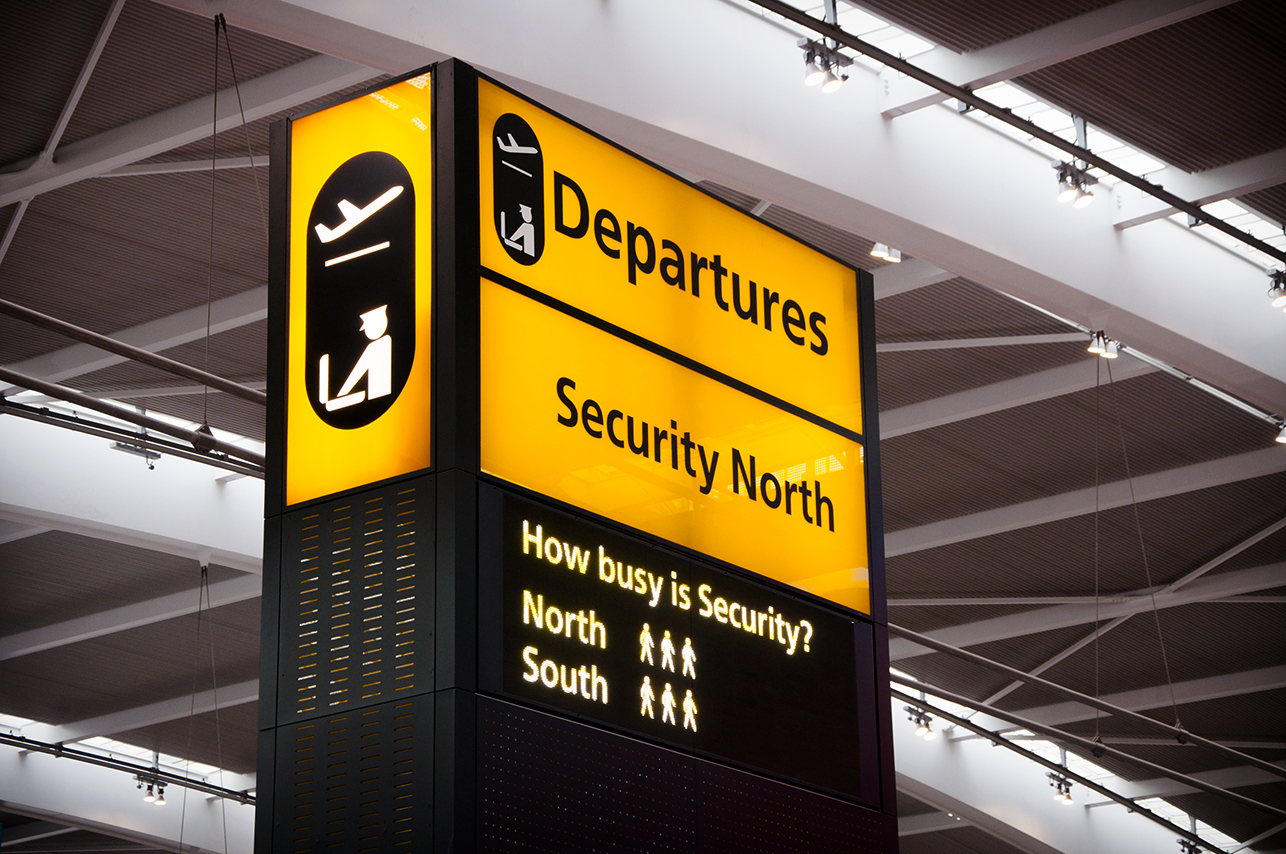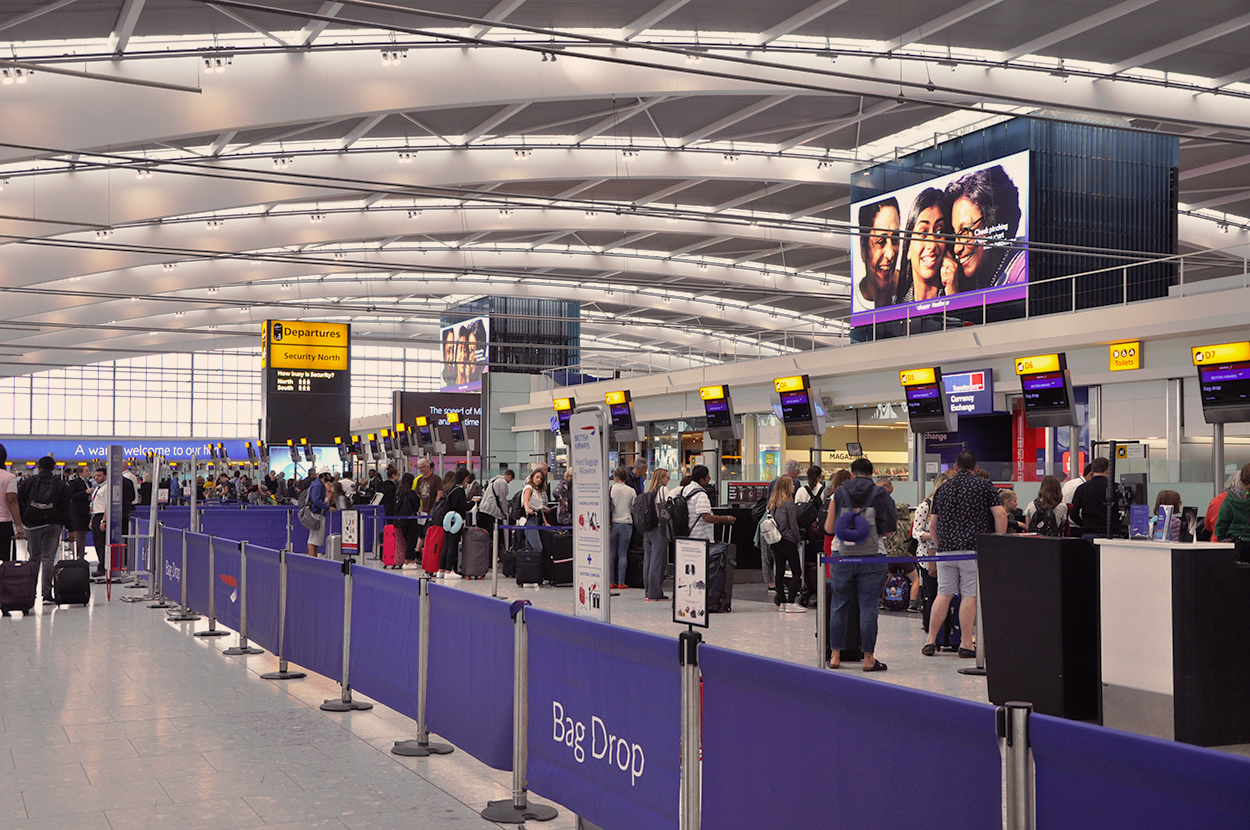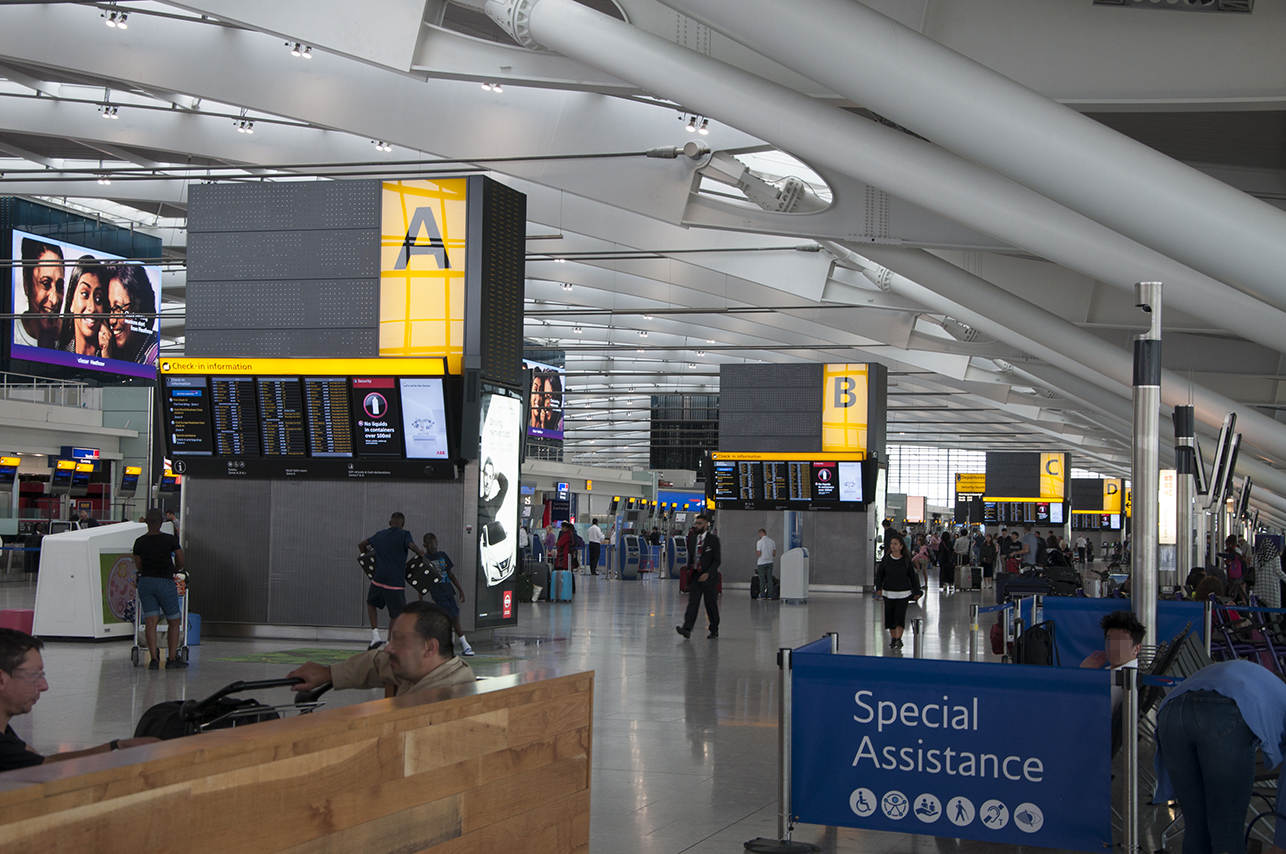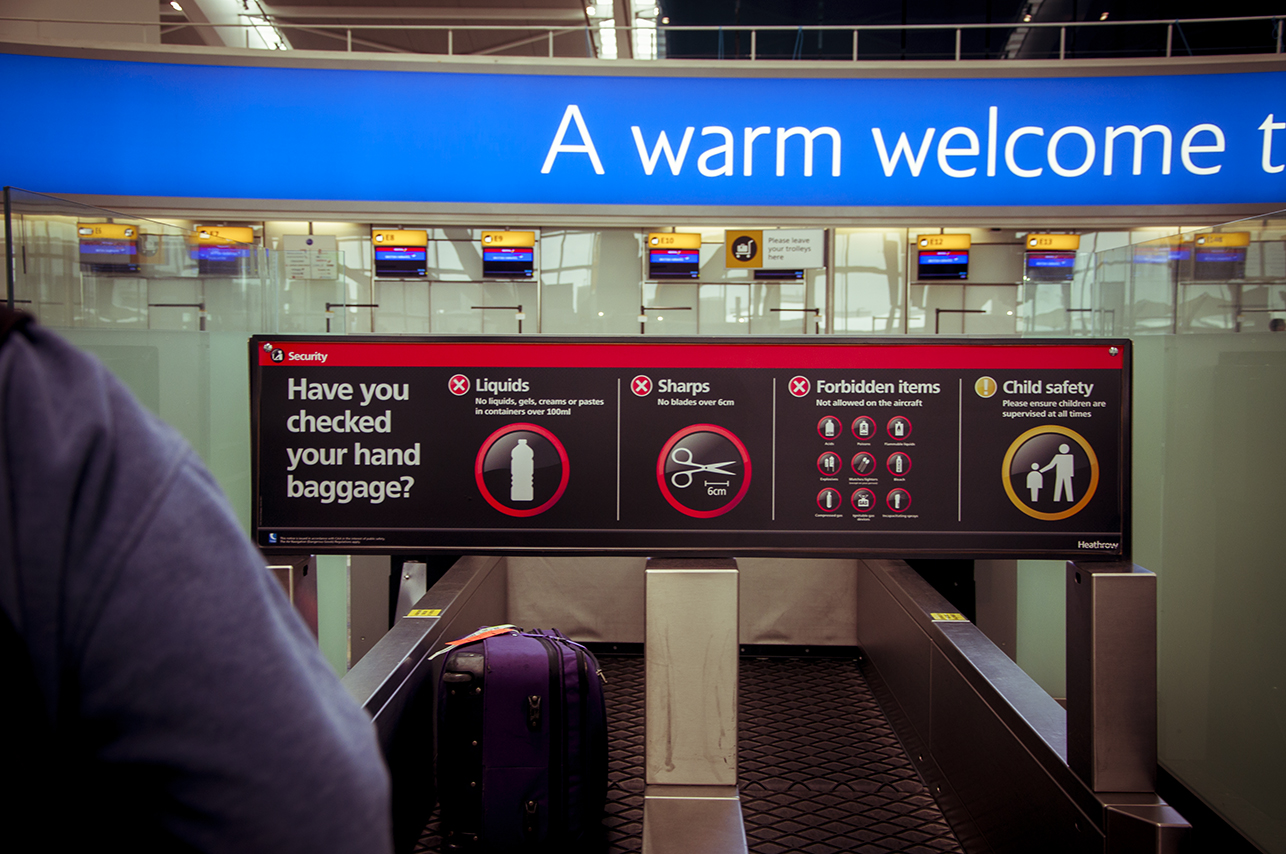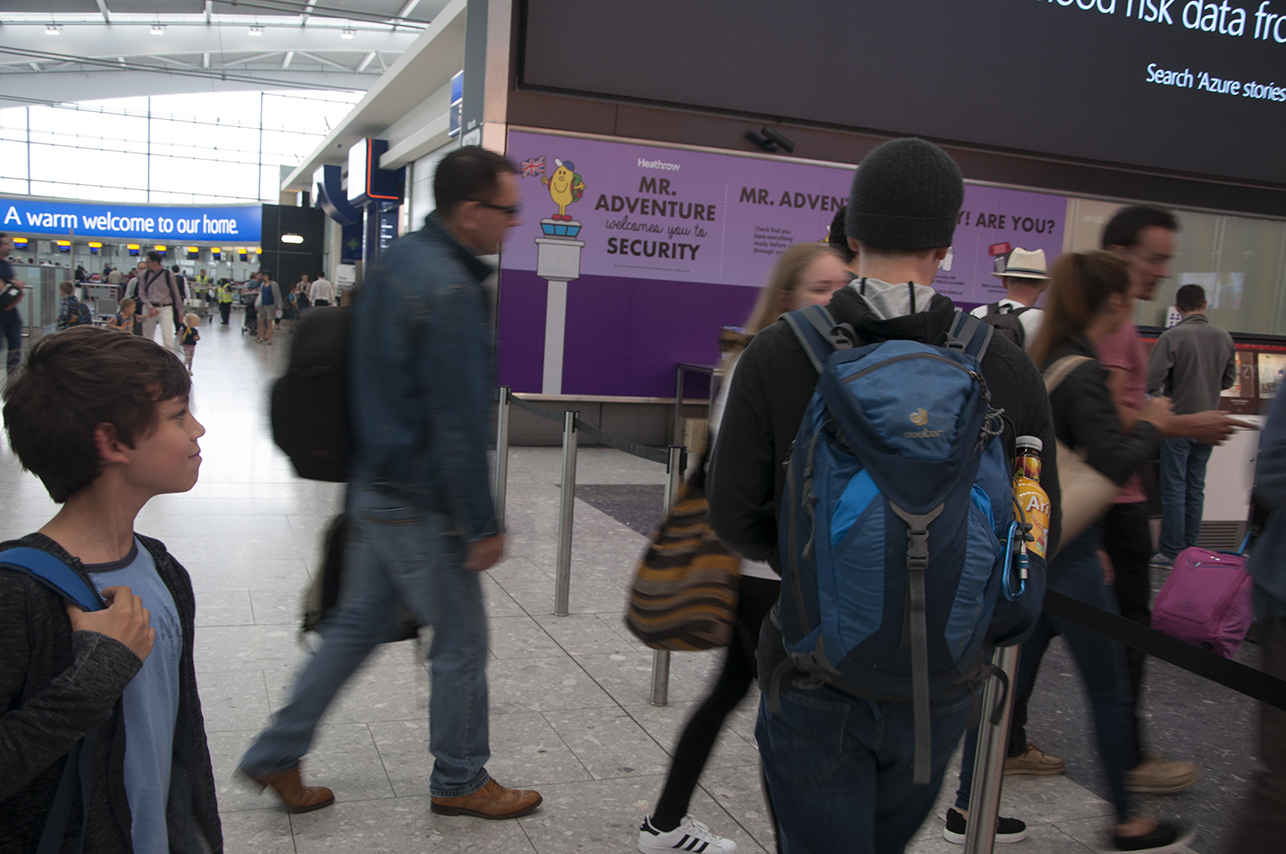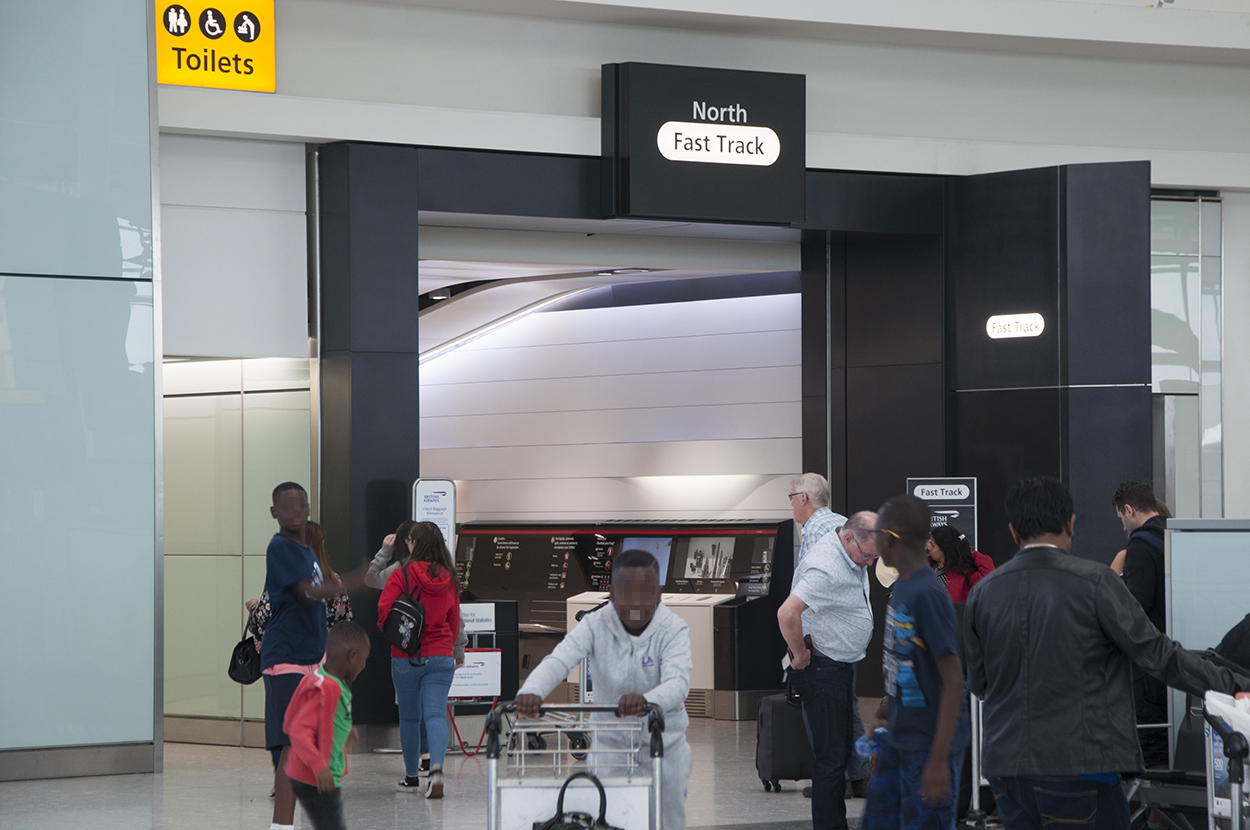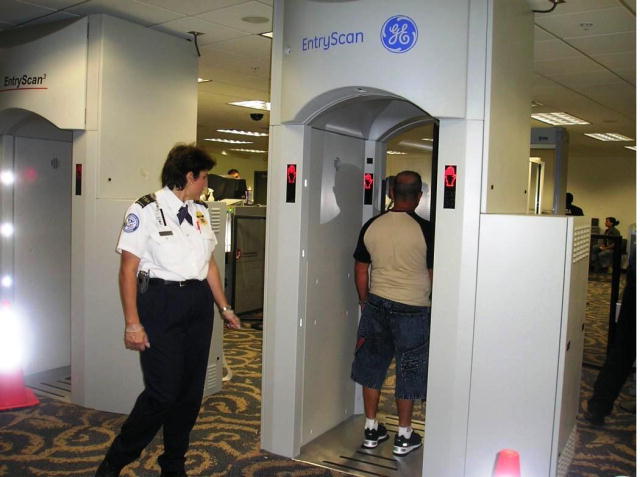Global travel is rapidly increasing each year resulting in a growing number of intra-EU arrivals. The need for processing an increasing amount of border crossings with often decreasing means of resources is putting pressure on border control systems, and calls for more flexible, automated and scalable “no-gate” border security solutions.
This relatively new territory of “no-gate” border crossing solutions has yet to be fully explored and understood in terms of both, benefits and risks, especially in view of their respective location, scale and applied method. Preconditions for deployment of such solutions include societal and political acceptance, as well as an established model for assessing success of the system (considering scalable factors for benefits, risks, ethics, public acceptance, etc.), which can inform decision-makers’ choices about related future technology deployments, and which can assist industry in designing appropriate product.
PERSONA = Privacy, Ethical, Regulatory and SOcial “No-gate crossing point solution” Acceptance
Funded by the European Commission, PERSONA project has been brought into being in order to come up with a unified and tailored Impact Assessment Method for No-Gate Crossing Point Solutions capable of appropriately evaluating border controlling technologies and of ensuring that these solutions meet the requirements and expectations of governments, LEAS, and border crossing individuals.
In its research, PERSONA will investigate a wide range of state-of-the-art contactless crossing point technologies, associated risks and benefits, taking into account effectiveness (e.g. time, cost), human behaviour, gender, legal frameworks, societal issues, privacy concerns, data protection, and possible risk of discrimination. Towards the end of the project, a textbook on guidelines for developing and operating no-gate crossing point solutions will be made available.
PERSONA has set its goal to provide respective authorities with the intellectual means for first assessing and then choosing no-gated border crossing solutions appropriately, so that the general public can have confidence in the security, safety, legality and ethical soundness of these.
